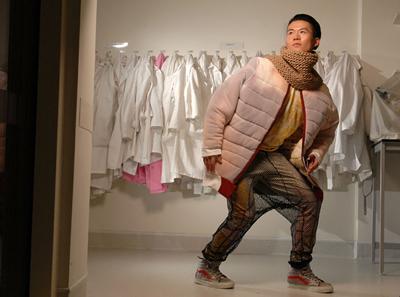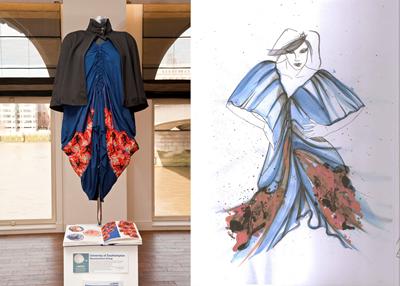Stroke
Stroke is a ‘brain attack'. It deprives the brain of vital oxygen, damaging nerve cells and accounting for thousands of deaths each year. Patients who survive their first stroke (estimated at more than 100,000 per year) typically emerge with paralysis and speech impairments, bringing personal suffering and a cost estimated at £4.5 billion per annum.
Research at the University of Southampton
Clinical neuroscientists and biologists in the Southampton Neuroscience Group (SoNG) have been working together to try to understand how to protect nerve cells from the damage incurred by stroke. They have developed methods for culturing brain tissue and these cultures are being used to find compounds that protect nerve cells from dying. This led to the launch of a spin-out company Capsant Neurotechnologies Ltd (2002) which, through further collaboration with SoNG scientists, has designed dense 3-D cultures of nerve cells or ‘mini-brains' for drug discovery programmes.
These basic biological approaches link through to more applied research aimed at directly improving the situation for patients. A cross-disciplinary project between Health Sciences and Engineering is introducing rehabilitation robotics, implantable muscle stimulators and transcranial stimulation to promote recovery in patients with stroke and a range of other debilitating neurological conditions. This technique is thought to act by augmenting the natural ability of the brain to ‘re-wire' and circumvent damaged nerve pathways.
Changing Minds through Neuroscience Inspired Fashion
A collaboration between Winchester School of Art (WSA) and the Southampton Neuroscience Group (SoNG) was established with an aim to address the stigma and misconceptions surrounding mental health.
Each year the starting point for the project is a visit from SoNG members to Winchester School of Art to talk about our research which spans synaptic function, neurodegeneration and cognitive neuroscience. The importance of this basic research to neurological and psychiatric conditions is discussed and then some suggestions are made for topics that the students might like to consider as the design concept for their garment. A very important aspect of the project is that the design is carefully thought through in terms of the underlying neurobiology and the impact of the disease. To help with this the students visit the research labs and have the chance to discuss their ideas further with SoNG postdoctoral fellows and postgraduates.
This project has provided a stimulating, engaging and creative way to engage in conversations about mental health issues.
Designer: Hannah Inskip
"Through my outfit I have tried to explore how a person that has locked in syndrome must feel. Taking inspiration from the book "The Diving Bell and the Butterfly" I have created a cocoon-like quilted reversible jacket. Printed quotes from the book that represented locked-in syndrome have been incorporated into the outfit. The wadding is sprayed with paint to look like a microscopic image of neurons that are present in the brain. Paralysis is shown though the restriction in the arms of the jacket and the drop seat on the trousers."
Designer: Stephanie Orlowski
"This fashion project was completely based on Stroke and Stroke patients. The aim was to create an understanding of mental issues revolving around Stroke patients, as well as addressing how they would feel themselves. Combining art and science is becoming more apparent within both aspects; art can become a tool for a better awareness and connection with science. Art can relate to people, and make people think and consider things that they may not have understood before. This is what this garment aims to achieve.
The main idea behind the garment was butterflies. The idea of feeling free yet also emotionally trapped. The print you can see is repeated prints of stroke patients brain scans placed in a butterfly pattern. This reveals the idea that mental illnesses do not have to be off putting or avoided; they can be open, and discussed.
Blue is the colour of silence and represents the voice of the stroke patient. They may be trapped and frustrated possibly without their voice; however they are not trapped within their thoughts and imagination. They still think like us, just not out loud. This goes back to the idea of a butterfly, which I think is a very good way of looking at this."
Supported by the University of Southampton Multidisciplinary Research Strategy https://www.southampton.ac.uk/research/usrg/



